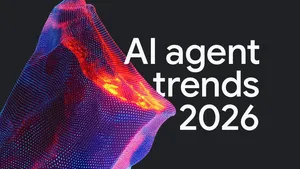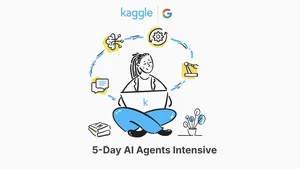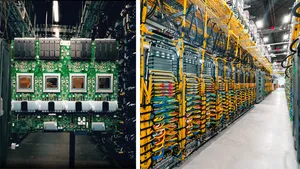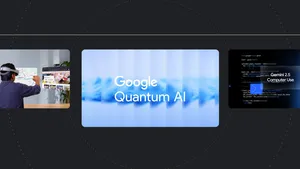How betting on the cloud set the stage for gen AI at Deutsche Bank

When I joined Deutsche Bank in 2019, we decided to take an ambitious step into the public cloud to transform our technology environment. This was a bold move at the time, and we needed a partner that could support this new direction. Google Cloud’s leadership in data and AI made them the right choice for us.
This leap paid off. We have moved around 260 applications to Google Cloud, including business-critical ones, which allowed us to quickly deploy generative AI technologies.
Here's a look at how we worked with Google Cloud to do this.
Migrating our systems to Google Cloud
We started with the fundamentals. Because we’re in a highly regulated industry, we implemented strong controls to ensure the safe transfer of our applications and data to the public cloud. To minimize risk, we first migrated non-critical applications. This allowed us to gain experience and confidence with cloud technology. Then, we started building new applications natively in the cloud, like our Frontier Finance platform which directly plugs into our corporate customers' environment to enable invoices and payments.
We also recognize that different applications have different needs. For our Autobahn FX trading platform, a hybrid cloud solution proved to be the best fit, allowing us to meet the unique demands of this business.
Then came the real test: migrating one of our core finance platforms — SAP S4/HANA — to Google Cloud. This was one of the most complex migrations in financial history involving the move of 17 financial reporting systems, including the bank's strategic general ledger, planning, and forecasting systems, from our on-premise infrastructure to the public cloud.
The effort was worth it. We’ve seen data processing improvements of up to 50%, and a reduced recovery time by a factor 16-20. Our strategic risk management system also runs on Google Cloud, using high-performance compute and advanced data analytics
Implementing AI tools and investing in our employees
The cloud allows us to adapt and scale our technology easily, so we can respond to market fluctuations and customer needs with unprecedented speed. We’ve removed bottlenecks from our processes so we can deploy new products more quickly. And crucially, the cloud provides the immense computing power needed to leverage artificial intelligence.
Google Cloud is also helping us invest in the people who work at our company, ensuring we have the talent to lead in the digital age. We created the Cloud Engineer Program at the bank, which helped us train more than 6,000 employees in cloud and AI skills. We work side by side with Google Cloud to run hackathons and application migration sprints.
Bringing generative AI to our company
Our Google Cloud partnership gives us access to the Vertex AI platform and powerful large language models like Gemini. We can securely experiment with new Gemini models before their public release as well.
Here are a few examples of how we're already using generative AI:
- Processing documents: We're using a generative AI solution to automate the processing of thousands of documents daily, achieving 97% accuracy and reducing handling time by 40%. This includes automatically extracting information from customer orders and legal documents.
- Offering employees AI assistants: Our new Digital Assistant helps Deutsche Bank’s employees, currently in research and origination & advisory, to curate accurate and consistent content, reducing the manual effort involved in preparing reports, analysis and other critical business outputs. It has the potential to expand across the entire bank.
- Developing new software: Generative AI is assisting our developers, helping them write code faster, find bugs more efficiently and improve documentation.
We’ll continue to use our partnership to find new ways to bring generative AI to our products and to our employees. We hope through our work, we’ll also be setting new standards for the entire industry.






